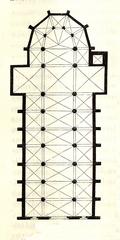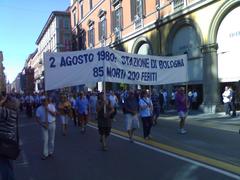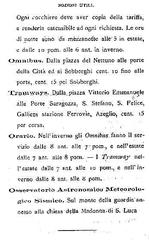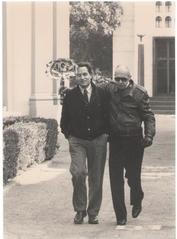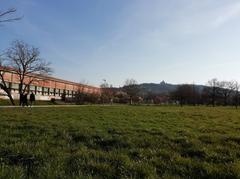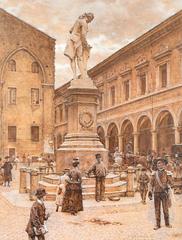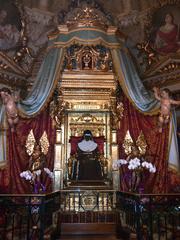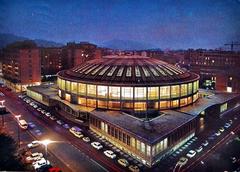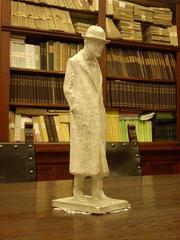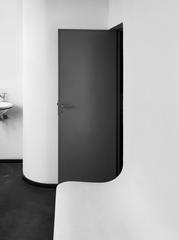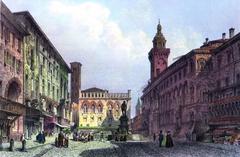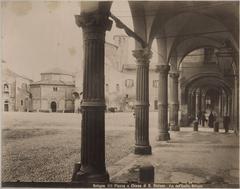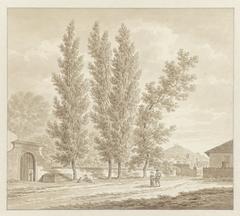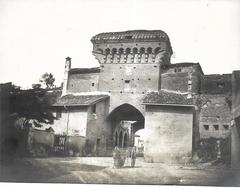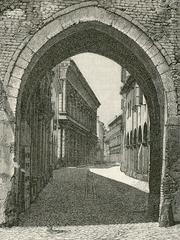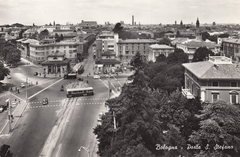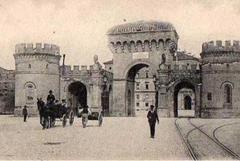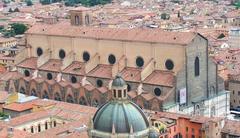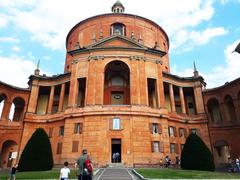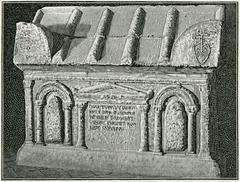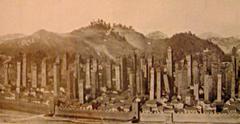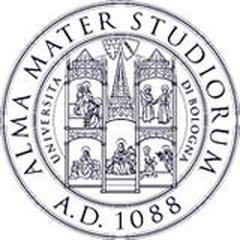
Comprehensive Guide to Visiting ex Fornace Galotti, Bologna, Italy
Date: 24/07/2024
Introduction
Nestled in the heart of Bologna, Italy, the ex Fornace Galotti stands as a testament to the city’s rich industrial heritage. Originally established in the 19th century as a brickworks, this historical site played a pivotal role in Bologna’s urbanization and industrialization. Today, it has been transformed into the Museo del Patrimonio Industriale, offering visitors a comprehensive insight into the technological advancements and industrial history that have shaped the region. From its origins as a prominent brick factory to its current status as a museum, the ex Fornace Galotti provides a unique educational and cultural experience. Visitors can explore a wide range of exhibits showcasing the evolution of brick-making techniques, machinery, and the broader industrial landscape of Bologna. This guide aims to provide detailed information on the history, visitor tips, and must-see exhibits at the ex Fornace Galotti, ensuring a memorable visit to this historical landmark. For more information, you can visit Musei Bologna.
Table of Contents
- Introduction
- Origins and Early Development
- Industrial Significance
- Transformation into the Museum of Industrial Heritage
- Exhibitions and Collections
- The Role of the Aldini-Valeriani Institute
- The Impact of Industrialization on Bologna
- Preservation and Restoration Efforts
- Educational and Cultural Significance
- Visitor Experience
- Practical Information for Visitors
- FAQs about Fornace Galotti
- Conclusion
Origins and Early Development
The ex Fornace Galotti, located in Bologna, Italy, has a rich history that dates back to the 19th century. Originally established as a brickworks, the site played a crucial role in the industrial development of Bologna. The brickworks were essential for the production of bricks and other clay-based construction materials, which were in high demand during the period of rapid urbanization and industrialization in Italy.
Industrial Significance
The ex Fornace Galotti was not just any brickworks; it was a significant industrial site that contributed to the architectural and infrastructural development of Bologna. The brickworks utilized advanced techniques and machinery for the production of high-quality bricks, which were used in various construction projects throughout the city. The site also housed a Hoffmann kiln, a type of continuous kiln that was revolutionary for its time. This kiln allowed for the efficient and consistent firing of bricks, making the ex Fornace Galotti a leader in brick production.
Transformation into the Museum of Industrial Heritage
In the late 20th century, as the demand for traditional brickworks declined, the ex Fornace Galotti underwent a significant transformation. Recognizing the historical and cultural value of the site, the local government decided to convert it into the Museum of Industrial Heritage (Museo del Patrimonio Industriale). This museum now serves as a testament to Bologna’s rich industrial past and showcases the evolution of industrial techniques and machinery.
Exhibitions and Collections
The Museum of Industrial Heritage is divided into several sections, each dedicated to different aspects of Bologna’s industrial history. The ground floor houses the Hoffmann kiln, which contains collections of scientific instruments, models, and machinery that once belonged to the Aldini-Valeriani Institute. This section provides visitors with a glimpse into the technological advancements that were made in the field of brick production.
Another section on the ground floor is dedicated to the history of the Galotti Brickworks and the production of bricks and other clay-based construction materials. This section includes detailed exhibits on the various techniques and processes used in brick production, as well as the history of the ex Fornace Galotti itself.
The Role of the Aldini-Valeriani Institute
The Aldini-Valeriani Institute played a significant role in the development of industrial techniques and machinery in Bologna. The institute was known for its innovative approach to education and research in the fields of engineering and technology. Many of the scientific instruments and models on display at the Museum of Industrial Heritage were originally part of the institute’s collection. These exhibits highlight the close relationship between education, research, and industrial development in Bologna.
The Impact of Industrialization on Bologna
The ex Fornace Galotti and other industrial sites in Bologna were instrumental in shaping the city’s economic and social landscape. The rapid industrialization of Bologna in the 19th and early 20th centuries led to significant changes in the city’s infrastructure and architecture. The demand for high-quality construction materials, such as the bricks produced at the ex Fornace Galotti, drove the development of new industrial techniques and machinery.
Preservation and Restoration Efforts
The transformation of the ex Fornace Galotti into the Museum of Industrial Heritage involved extensive preservation and restoration efforts. The local government and various cultural organizations worked together to ensure that the historical integrity of the site was maintained. These efforts included the restoration of the Hoffmann kiln and other key structures, as well as the preservation of historical documents and artifacts related to the brickworks.
Educational and Cultural Significance
Today, the Museum of Industrial Heritage serves as an important educational and cultural institution in Bologna. The museum offers a range of educational programs and workshops for students and visitors, aimed at promoting an understanding of the city’s industrial history and heritage. The museum also hosts temporary exhibitions and events that explore various aspects of industrialization and technological innovation.
Visitor Experience
Visitors to the Museum of Industrial Heritage can explore a wide range of exhibits and collections that provide a comprehensive overview of Bologna’s industrial past. The museum is divided into five sections, covering an area of roughly 3,000 square meters on three floors. The exhibits are organized into six itineraries, each focusing on a different aspect of industrial heritage (source).
On the first floor, visitors will find information on and examples of new and innovative inventions. The second floor features exhibits that span five centuries of Bolognese productive excellence, ranging from the historical silk industry to 20th-century mechanical and mechatronic production.
Practical Information for Visitors
The Museum of Industrial Heritage is located at Via della Beverara, 123, 40133 Bologna. The museum is accessible by appointment, and visitors are encouraged to book their visits in advance to ensure availability. The entry fee is €5.00 per person, and it is recommended to visit early in the day or during the last admission time for a more comfortable experience (source).
FAQs about Fornace Galotti
-
What are the visiting hours for Fornace Galotti?
- The Museum of Industrial Heritage is accessible by appointment, and visitors are encouraged to book their visits in advance to ensure availability.
-
How much are tickets for the Museum of Industrial Heritage?
- The entry fee is €5.00 per person.
-
Are there guided tours available at Fornace Galotti?
- Yes, guided tours can be arranged by appointment.
Conclusion
The ex Fornace Galotti, now the Museum of Industrial Heritage, stands as a testament to Bologna’s rich industrial history. From its origins as a brickworks to its transformation into a museum, the site has played a significant role in the city’s development. Today, it serves as an important educational and cultural institution, offering visitors a unique insight into the technological advancements and industrial heritage of Bologna.
References
- Musei Bologna https://www.museibologna.it/schede/la-fornace-galotti-656/
- Comune di Bologna http://www.comune.bologna.it/patrimonio-industriale/images/pdf/f2-2-6-fornace-da-laterizi.pdf
- Wikipedia https://it.wikipedia.org/wiki/Museo_del_patrimonio_industriale_di_Bologna
- Bologna Welcome https://www.bolognawelcome.com/en/places/museums-and-art-galleries/museo-del-patrimonio-industriale-fornace-galotti-2
- More Time to Travel https://www.moretimetotravel.com/10-things-to-do-in-bologna-italy-a-first-timers-guide/


